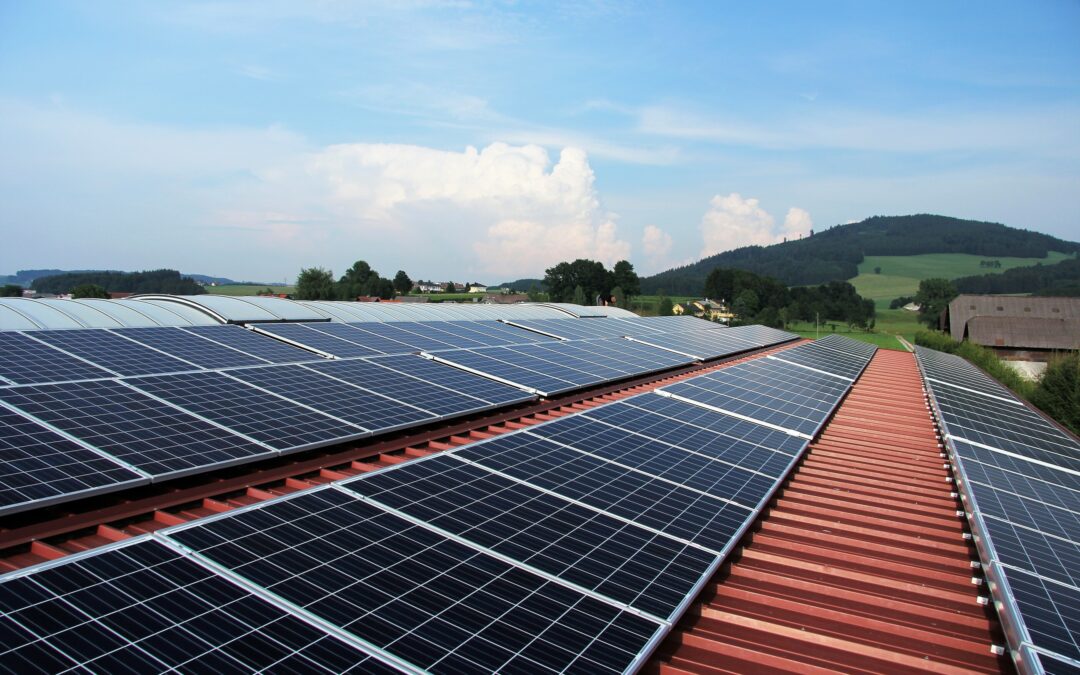The government will next month increase the size of the state subsidies available to households for the installation of solar panels and energy storage, climate minister Anna Moskwa has announced.
Since 2019, the government’s Mój Prąd (meaning My Electricity) programme has offered subsidies for solar panels, leading to a huge rise in installations across Poland. This year the initiative was expanded to include home energy storage as well, amid an energy crisis triggered by Russia’s invasion of Ukraine.
“The development of renewable energy sources is a good prescription for rising energy prices following the war,” said Moskwa on Tuesday. “Therefore, as of 15 December, under the Mój Prąd programme, we are raising the subsidy for photovoltaic installations to 6,000 zloty (€1,275) and for energy storage to 15,000 zloty (€3,187).”
That represents a doubling of the current maximum of 7,500 zloty available to households for energy storage under the fourth edition of Mój Prąd, which was launched in April. The maximum subsidy for photovoltaics is rising from 4,000 zloty.
The call for applications for the fourth edition of the programme has also been extended from the end of December this year until the end of March next year.
Rozwój #OZE to dobra recepta na rosnące na skutek wojny ceny energii. Dlatego od 15.12, w ramach programu #MójPrąd, podnosimy poziom dofinansowania dla instalacji #PV do 6 tys. zł., a do magazynów energii do 15 tys. zł. Zmiana obejmie beneficjentów 4. edycji programu. pic.twitter.com/FFG2qfHNtg
— Anna Moskwa (@moskwa_anna) November 22, 2022
Applications for subsidies can be submitted by individuals generating electricity for their own needs, who have an agreement regulating the introduction of electricity generated from their micro-installation to the grid.
So far, more than 1.7 billion zloty has been allocated to fund over 410,000 applications under the project since its launch in 2019. The government estimates that the programme has reduced CO2 emissions by 1.9 billion kilograms per year.
Up to 855 million zloty has been earmarked for the third and fourth editions of the programme, which have been running in the years 2021-2023.
However, installation of new solar panels fell markedly earlier this year, after the government changed regulations in a manner that made home photovoltaics less financially beneficial.
Na koniec 09.2022 r. moc zainst. PV w Polsce wyniosła 11 061,2 MW. O 74,3 % więcej niż w 09.2021, kiedy było 6344,3 MW. Powstało 16 053 szt. nowych instalacji PV. Ich łączna moc wyniosła 421,88 MW, co stanowiło 86 % mocy wszystkich nowych instalacji OZE – https://t.co/QYhoOBXCHB pic.twitter.com/ZuPAehWO9s
— Adam Mroziński (@adammroz13) November 15, 2022
Some experts warn that installing more solar panels will not solve the problem of access to cheap electricity, as Poland’s outdated power grid cannot support so many prosumers (individuals who both produce and buy electricity).
“Everyone who is active in the energy sector realises that conditions need to be created to accommodate new amounts of green energy,” Grzegorz Wiśniewski, president of the Renewable Energy Institute, told financial news service Money.pl.
Aleksander Śniegocki, the head of the Reform Institute, told Notes from Poland earlier this year that “energy grids need to be both denser and smarter, they need to allow demand and supply to be managed”. This requires “multi-billion dollar investment”.
As well as solar, the Polish government has been seeking to develop the country’s first offshore wind farms and to undo regulations that make it very difficult to install onshore wind turbines. It also recently chose the US and South Korea as partners in developing Poland’s first nuclear power plants.
However, the country continues to produce around 70% of its electricity from coal, which is also used by around one third of households for heating.
The government recently announced that it would delay its planned phaseout of coal – and even open new coal mines – in response to the current energy crisis.

Alicja Ptak is deputy editor-in-chief of Notes from Poland and a multimedia journalist. She has written for Clean Energy Wire and The Times, and she hosts her own podcast, The Warsaw Wire, on Poland’s economy and energy sector. She previously worked for Reuters.




















